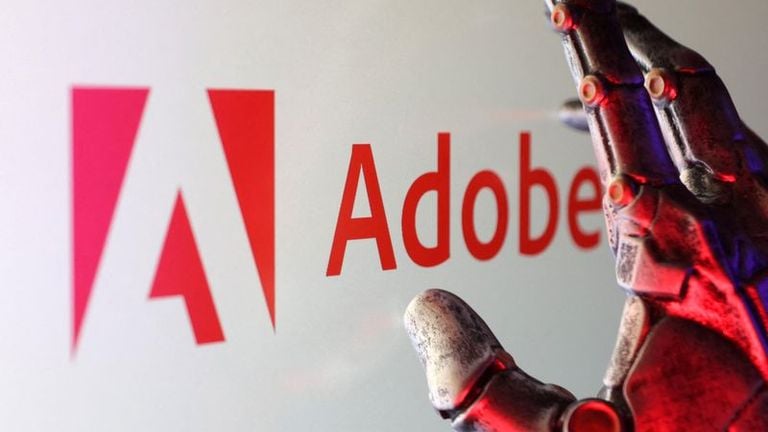HUMAIN and Adobe have entered a broad global partnership aimed at developing AI models and applications tailored to the Arab world, marking a notable step in how regional cultural context is beginning to shape mainstream generative AI. Announced at the U.S.–Saudi Investment Forum, the agreement spans model development, cloud infrastructure, creative tools, and AI-powered productivity features. HUMAIN’s cloud environment and Arabic-first LLM, ALLAM, will be paired with Adobe’s creative and marketing technologies, including Firefly Foundry, Creative Cloud, Express, Acrobat, and Adobe’s digital marketing suite.
The collaboration positions Adobe as the first global customer for HUMAIN’s AI data centers, reflecting a growing interest among international companies in region-specific AI capabilities. HUMAIN will use Adobe’s Foundry platform to build customized models trained on culturally relevant datasets, with the goal of offering more accurate and context-aware generative outputs for Arabic-speaking users and regional organizations. This includes multimodal models capable of working across audio, images, video, 3D, and digital twins. The companies frame the initiative as an effort to produce generative tools that better reflect Middle Eastern identity and linguistic nuance, addressing gaps in many global AI models.
Applications span several industries. Advertising teams could generate visuals and narratives grounded in actual regional environments rather than generic global templates. Film and entertainment studios may accelerate pre-production with historically informed, culturally specific scenes and characters. In education, the tools may help students create visual and linguistic material tailored to local contexts. Gaming studios stand to gain from more regionally accurate world-building, and social media creators could produce content that aligns more naturally with cultural cues, from architecture to attire.
The partnership aims to integrate ALLAM into Adobe’s global product suite, including potential deployment within Acrobat workflows to improve Arabic language performance. Within HUMAIN’s ecosystem, Firefly-derived capabilities are expected to power creative tools across HUMAIN Chat, HUMAIN Create, and HUMAIN ONE, enabling autonomous content generation and advanced multimedia workflows.
Qualcomm joins the arrangement on the infrastructure side, contributing its AI200 and AI250 data center solutions to support large-scale diffusion-based image and video inference. HUMAIN views this hardware collaboration as essential to delivering real-time, low-latency creative generation that can scale beyond traditional cloud architectures.
Leadership from all three companies described the partnership as a step toward building AI that is more reflective of local knowledge and cultural identity. While the ambitions are expansive, they also point to broader industry trends: the need for sovereign infrastructure, the demand for models tailored to specific linguistic communities, and the blending of creative tools with regionally informed datasets.






